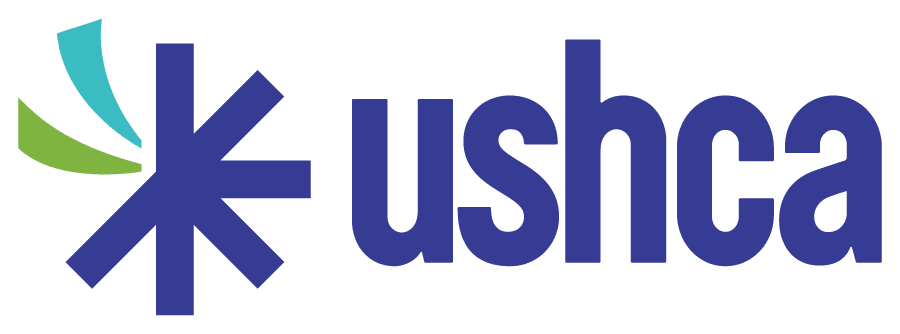Written by: Michael Moore, Human Capital Partner USHCA
A 2021 research by the Wallace Foundation yielded an important finding – replacing a below-average principal with an above-average one led to a nearly 3-month increase in student achievement in both reading and math. This underscores the immense impact of effective leadership in our schools.
While Wallace has long emphasized the importance of instructional leadership, the role of human capital leadership in principal success cannot be overlooked. The report identifies key skills for successful principals – people, instruction, and organization – and four leadership behaviors that lead to improved student outcomes.
- Engaging in instructionally focused interactions with teachers
- Building a productive climate
- Facilitating collaboration and professional learning communities
- Managing personnel and resources strategically
The most impactful work a principal does is all related to people and talent.
Investing in principals and their human capital work is one of the most strategic moves a school system can make, especially in times of resource constraints. That’s why our USHCA 2023 Fall Academy is dedicated to exploring how HR can best support principals in their critical roles.
When a principal steps into a new school they inherit the workforce decisions made by all their predecessors. Intentionally strengthening and developing the workforce they find will be the most important driver of school improvement.
Educator workforces vary on at least eight factors: experience, effectiveness, diversity, cultural competence, mindset, attendance, and collaboration. Those factors predict the starting line for providing high quality instruction, the ability of educators to apply instructional feedback, and the healthiness of the school’s culture.
Principals are both the HR team’s most important customer and the district’s front-line human capital managers. To maximize their efforts as human capital leaders, principals need the district to provide:
- Effective and differentiated staffing strategies that help, not hinder, recruitment and retention and ensure that high-need schools have equal or greater access to effective staff.
- Streamlined, efficient services that save time and simplify principals’ lives.
- Quality pools, tools, and resources to support principals’ day to day work.
- Personalized learning opportunities to support principals’ growth as human capital leaders.
Principals need to buy into their role as the human capital leader and that starts with seeing district HR team members as true partners. To do this work well and sustain the HR/Principal partnership, HR must:
- Know your schools. Be in regular contact with principals, including visiting schools, to understand their differentiated needs. Anticipate upcoming staffing needs. Support principals with performance and disciplinary issues.
- Share data. Be sure that principals have easy access to the experience, effectiveness, and licensure of every staff member, even paraeducators. Track attendance and performance data by staff member, and retention and attrition information by school, providing benchmarks and comparison data.
- Create clear timelines and make all your processes transparent. Provide recruitment, hiring, and staffing calendars early in the year. Ensure that induction and new teacher experience are on both the district’s and schools’ calendars. Provide timely information and activities to support teacher retention.
These are opportunities to work collaboratively with principals, especially when they are meeting together. With the cooperation of the principal supervisor, the HR team can engage principals in identifying promising practices, unpacking problems of practice, and celebrating success.
USHCA offers a year-long principal network for up to 24 principals that provides a monthly structure for principals to engage with timely human capital leadership challenges. Each month, we provide research on a timely topic, a school-level assessment to determine the best interventions, and suggested action steps for principals to take to improve their school’s workforce. When principals return the next month, they share their assessment results, describe the actions they took, and the results they saw.
In this post-pandemic environment, district leaders will constantly need to adapt to new challenges that can’t be solved with traditional methods.
For example, I was at a large, comprehensive high school a month into the school year. The school still had more than a dozen teacher vacancies. I asked what the plan was and the principal’s response was, “HR is still actively looking for people.” My response was, “You know there’s no way those positions are going to get filled at this point. Which sections will you close? Which class sizes will need to get bigger? What are the community or virtual options for the students who will be impacted?”
Because the principal and the HR team were in regular contact, they were hopeful. I, on the other hand, saw it as an ‘all hands on deck’ emergency to address not only the current situation but to plan for the future across the district.
These are the new realities that can’t immediately be solved by state departments of education, teacher preparation programs, grow-your-own offerings, or more robust recruiting. They can only be addressed by strong relationships among principals, HR teams, and principal supervisors.
If you are looking to address these needs or other challenges within your school district, let’s connect. We have a variety of services that we can customize to help fill and solve for your needs. Contact us today!

